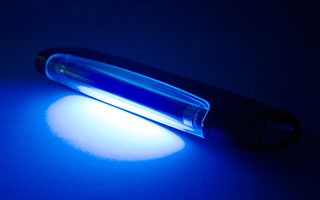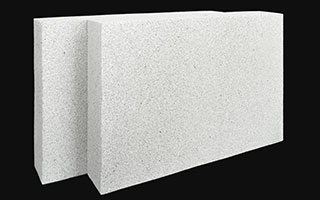
TRI Austin is developing innovative new primer and potting compound materials to reduce water permeation, mitigate cathodic delamination failures, and to eliminate the many hazardous materials that are in legacy products. In addition to the development of these new second generation encapsulates for underwater connectors, improved and highly predictive ALT (accelerated life testing) procedures are required to certify long-term durability. Current PRO 20 approved products for the priming and potting of underwater electrical connectors and other components were developed many years ago.
The original encapsulant materials were developed under specification (MIL-M-24041) which was written in 1971. Many of the originally developed primers contain hexavalent chromium (strontium chromate or zinc chromate) moreover; they also contain volatile organic compounds (VOCs) and hazardous air pollutants (HAPS).
In addition, some of these polyurethane potting compounds contain ingredients, such as toluene diisocyanate (TDI) or 4,4′-methylene-bis (2-chloroaniline) (MOCA), which are potential carcinogens. Recently a new ALT procedure was developed at NUWC and its verification will be the subject of a round robin study in the effort.




